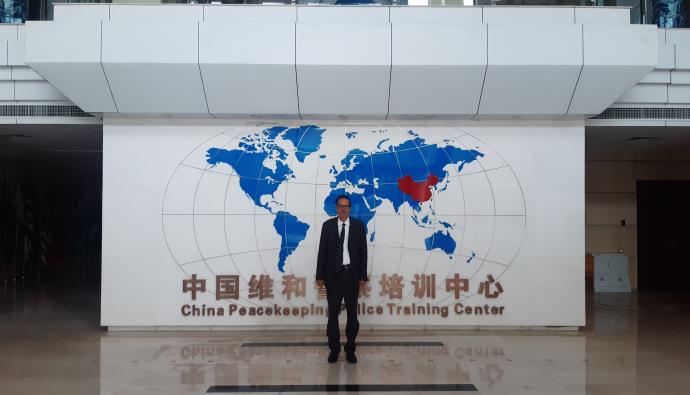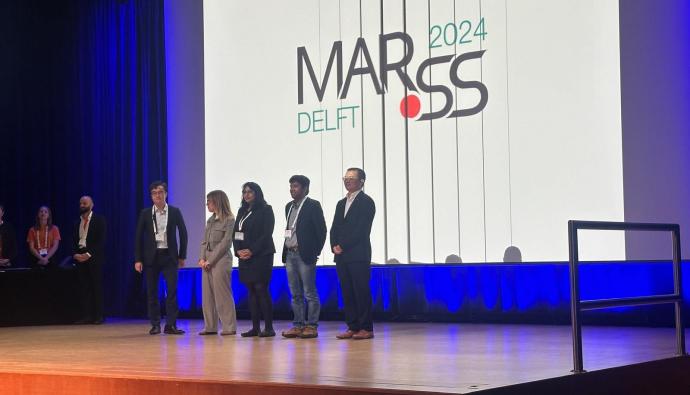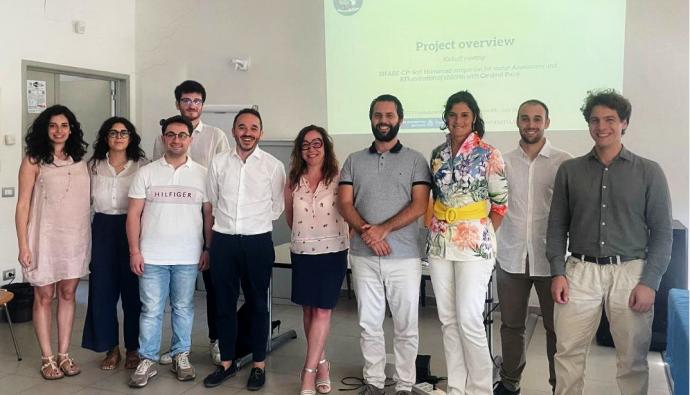Equivalent medicines: one in three citizens do not trust but about half are inclined to purchase. In Rome, the results of SWG research presented during Cittadinanzattiva conference, with the participation of the Sant'Anna School
The MeS Management and Healthcare Laboratory, for the first time, has chosen to introduce among the indicators for evaluating regional and corporate performance also the use of equivalents and data on the price differential paid out of their own pockets by citizens, to pick up the brand instead of equivalents at the pharmacy

Nearly one in three citizens still have doubts as to whether equivalent drugs are as effective as so-called "brand-name" drugs, and one in five say their doctor indicates only the latter type on the prescription pad. Forty-seven percent of citizens would be predisposed to buy the equivalent, while a 19 percent who would still prefer the brand name resist.
These are some of the data emerging from the exclusive survey conducted by SWG, between April and May 2024, on a sample of 2,500 citizens of age representative of the Italian population. The same was presented at the Ministry of Health, during the event "Equivalent medicines: know to choose" promoted by Cittadinanzattiva, as part of the Ioequivalgo campaign, with the unconditional contribution of Egualia.
In addition to the SWG survey, data were presented from a research by the Sant'Anna School (The MeS Management and Healthcare Laboratory) in Pisa, which for the first time chose to introduce the use of equivalents among the indicators for evaluating regional and local performance, as well as data on the price differential paid out of pocket by citizens to pick up branded instead of equivalent drugs in pharmacies. In 2022, out-of-pocket spending by citizens, including the share of cost-sharing (regional co-payments and differential), private purchase of class A drugs, and spending on class C drugs, amounted to 9.9 billion, an increase of 7.6 percent over 2021. All with one constant: cost-sharing spending is generally higher in low-income regions.
More info HERE (Only italian language)
Cover photo: sorce Wikipedia.



